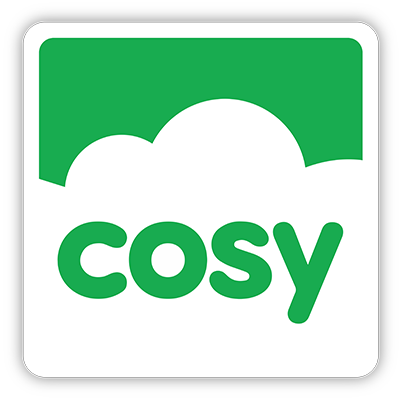Science Activities to do at home
I have enjoyed seeing all the science themed plays for Cosy Science Week and British Science Week. I have provided a list of Science Activities that you can create at home with your little ones!
In my experience Science can be quite daunting to parents especially if they didn’t enjoy science at school or don’t have a passion for it like me . Many of my students do not realise that science is all around us and in everything we do from brushing our teeth to shopping ,cooking and eating food. I am sure many of the activities I am going to suggest you may have seen or tried yourself but may not of thought as it as science.
The purpose of the blog is to inspire cheap , free , simple science activities that you can do at home with suggestions for ways to adapt to what you have available to you.
1 . Egg science
Bouncy eggs- Get a raw egg and carefully place it into a glass or jar. Then fill the glass with white vinegar until the egg is completely submerged. Leave the egg in the glass for 2-3 days. You can add food dye to make a coloured version. White eggs are best to colour.
Egg roll experiment- wrap the egg in various materials such as bubble wrap, kitchen roll vs nothing . Then roll ( hard boiled egg if you want to eat after) down a ramp or a slide checking to see if it breaks .
Fizzing eggs - an idea for broken eggs shells is to fill with baking soda and add vinegar to make them fizz. We tried a rainbow version by adding food dye too.
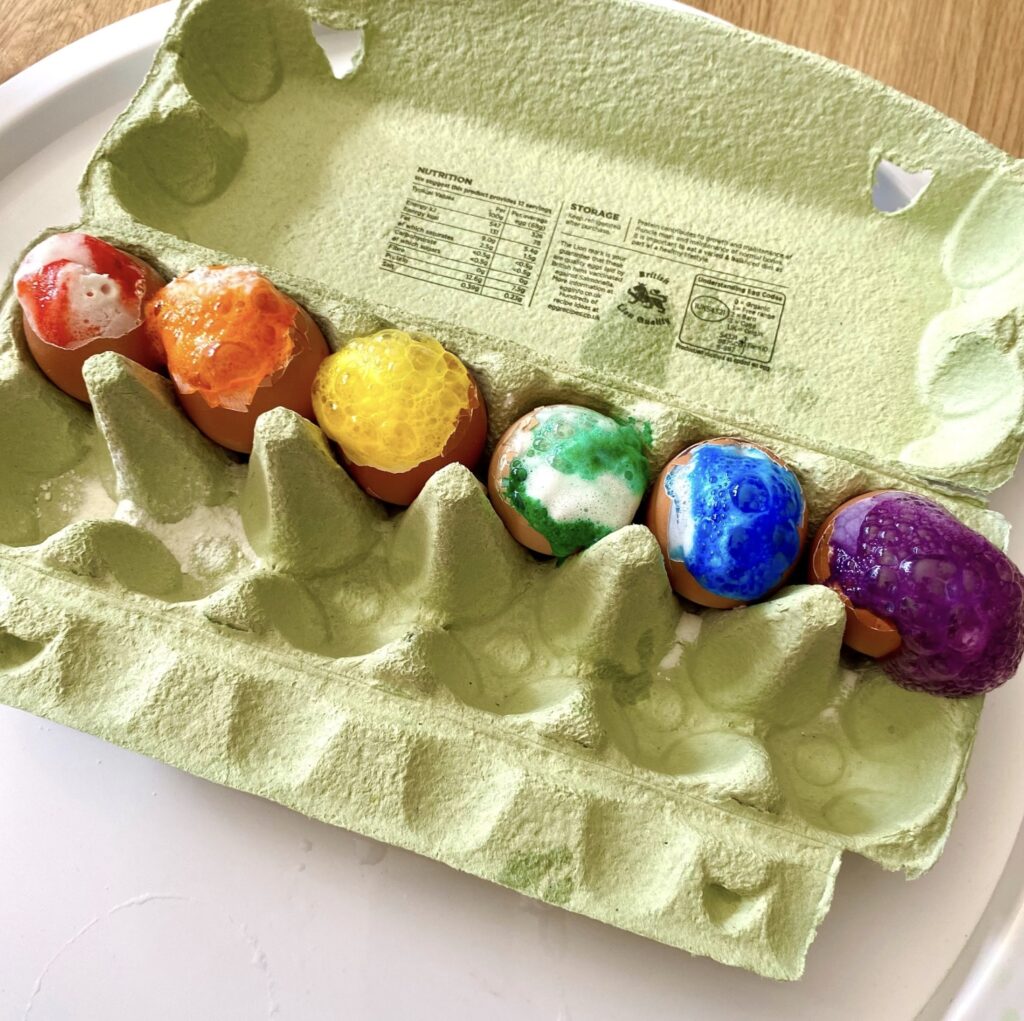
Floating Egg - Fill the small bowl with water nearly to the top. Gently drop the egg into the bowl and watch it sink. Take the egg out and stir a big spoonful of salt to the water. Put the egg back to see if it still sinks. Keep adding spoons of salt to the water until the egg floats. You might need to keep stirring a while to get the salt to dissolve.
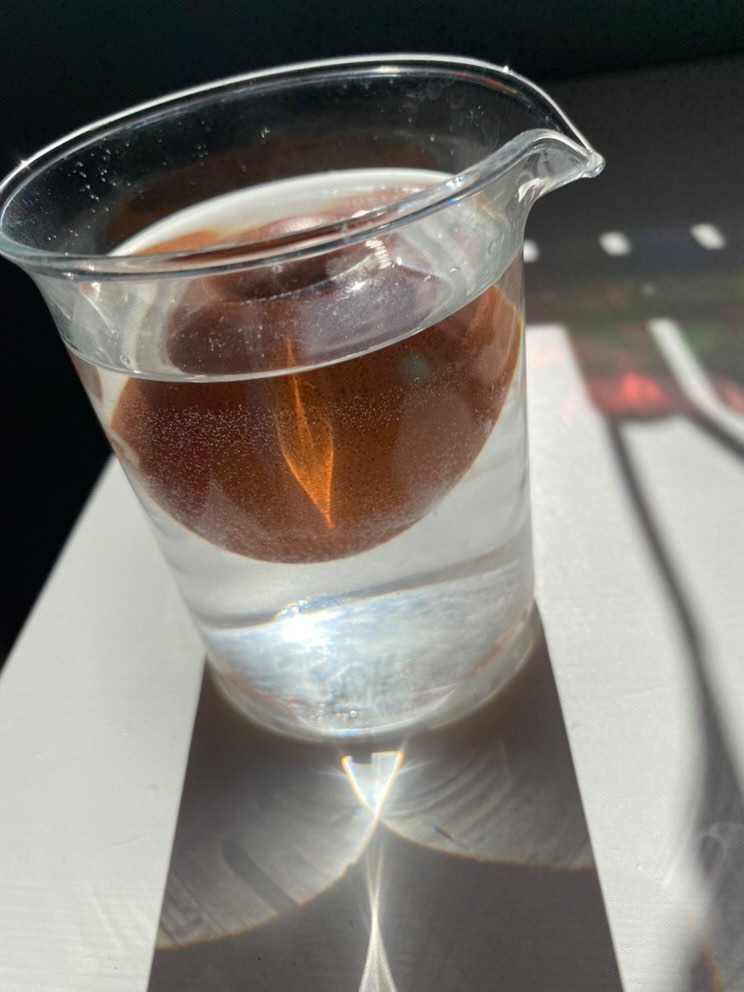
Egg drop experiment - design a parachute using a plastic bag. Attach a carboard compartment with string to hold an egg in . Drop from a height to see which travels the slowest and lands the egg intact.
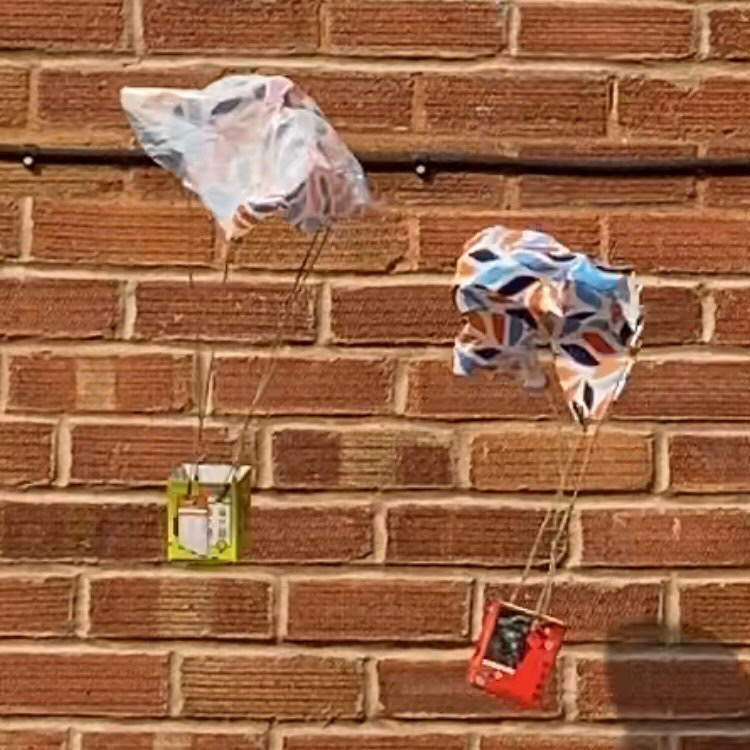
2. Colourful Science
Chromatography flowers- This activity involves filter paper circles with soluble ( not permanent( ink drawn on near the bottom. You place them slightly in some water being careful not to submerge the ink as it will dissolve in the water. The ink will move up the paper and if the ink is made up of more than one colour they will separate.
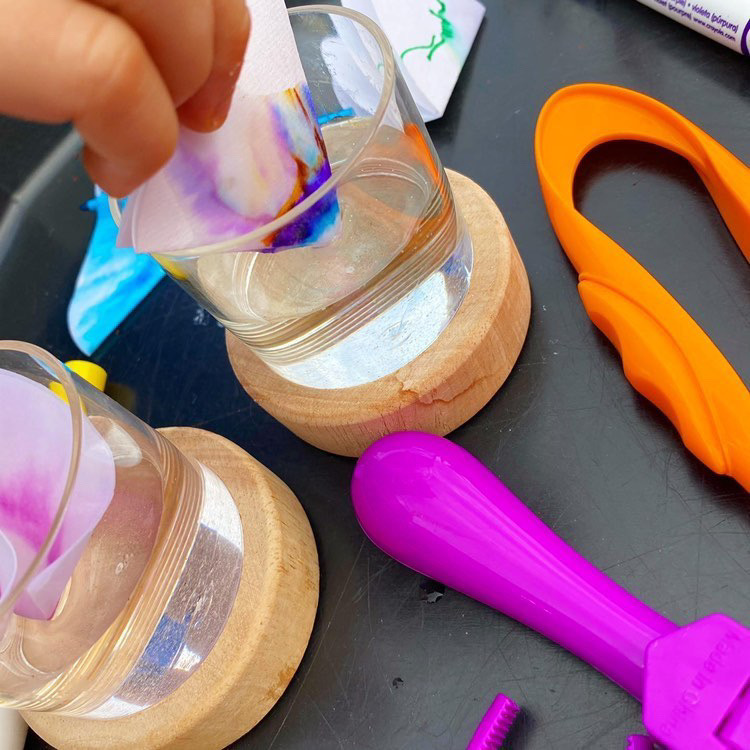
Colour changing potions- using red cabbage juice , vinegar and baking soda you can make potions change colour as the fizz.
Skittle rainbow – You can make various patterns with skittles, then add a little bit of warm water , just so it covers the dish or plate.
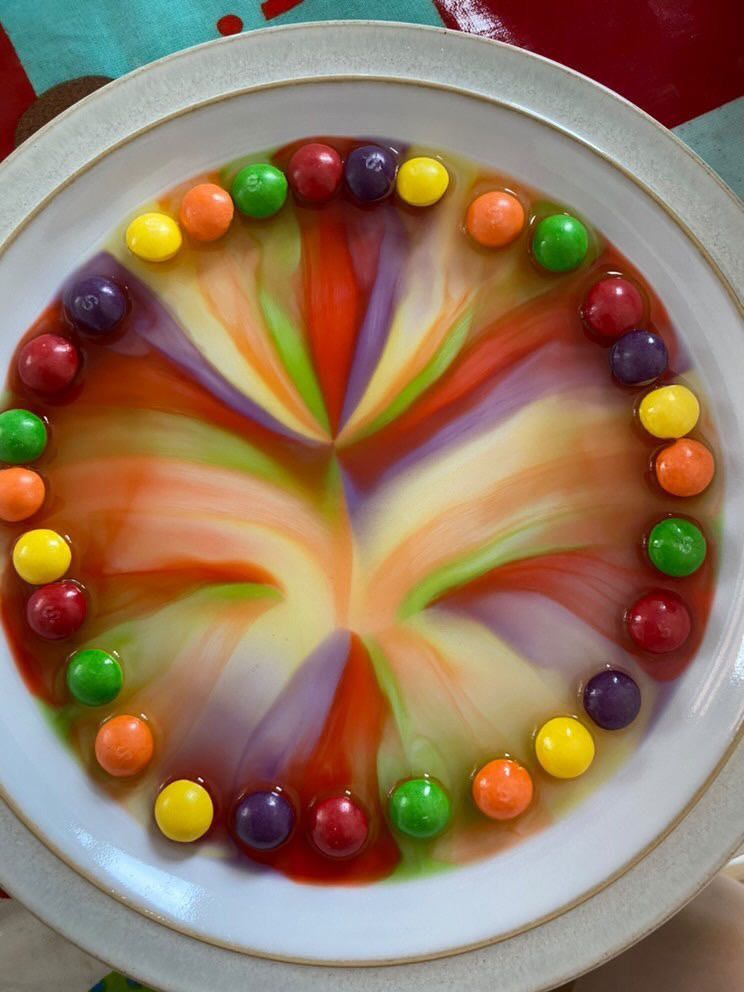
3. Plant science
Stem coloured water uptake (also be done with carnations and we recently tried daffodils)
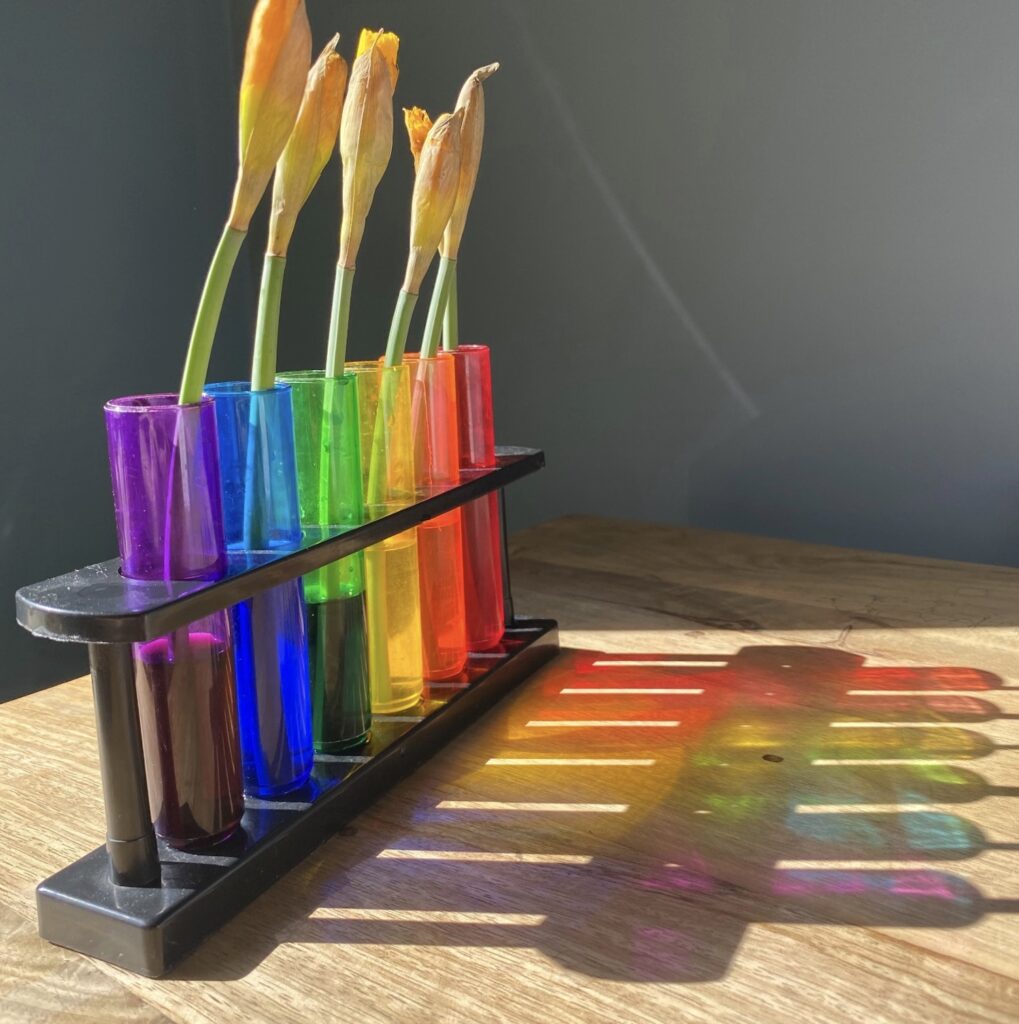
Germination – planting beans or sunflowers are fun to track what they’ve grown and measure the height of the shoot. To have a look at roots you could plant in a jar or CD case.
Flower dissection – lilies and tulips are ideal flowers to dissect to show the parts of a flower.
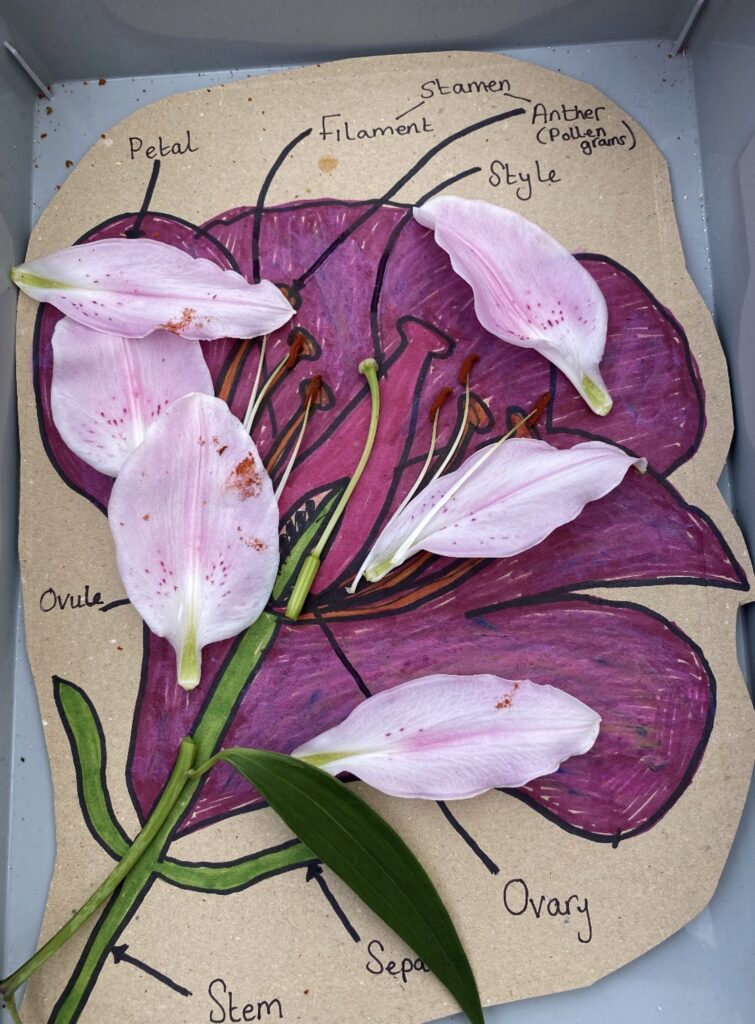
Seed study – we made identification cards with real seeds and then explored them in a muffin tray to match them. It was fun breaking open a pinecone to see the seeds too.
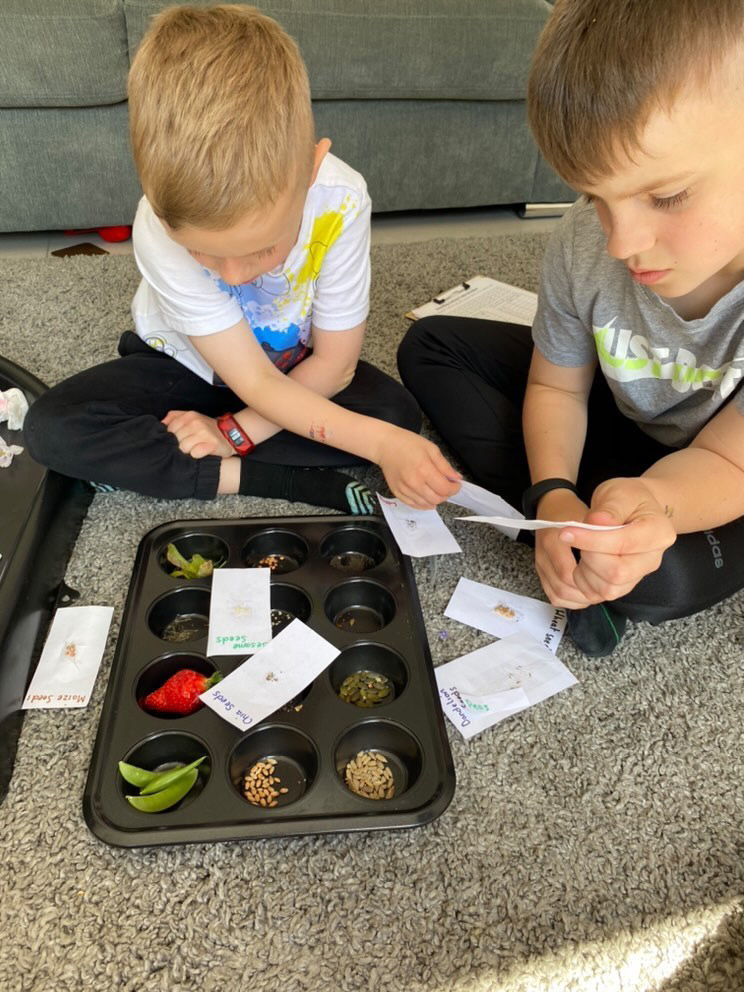
4. Creature science
Ant farm – use a honey covered spoon to draw out ants to place in an ant farm made from a jar with soil in. Place the ants and some of the honey in the jar and leave them to make tunnels. Cover the side of the jar with dark paper/foil to make it dark. You can add food items such as fresh fruit and veg at the top of the jar. Cover with old tights to allow air in.
Wormery- we made a wormery last summer using a similar process by layering sand and damp soil in a jar. We then put some dead leaves on top of the soil. Added the worms, sealed the jar with tights and an elastic band. Then we added black paper around and store in a dark, cool and safe place.
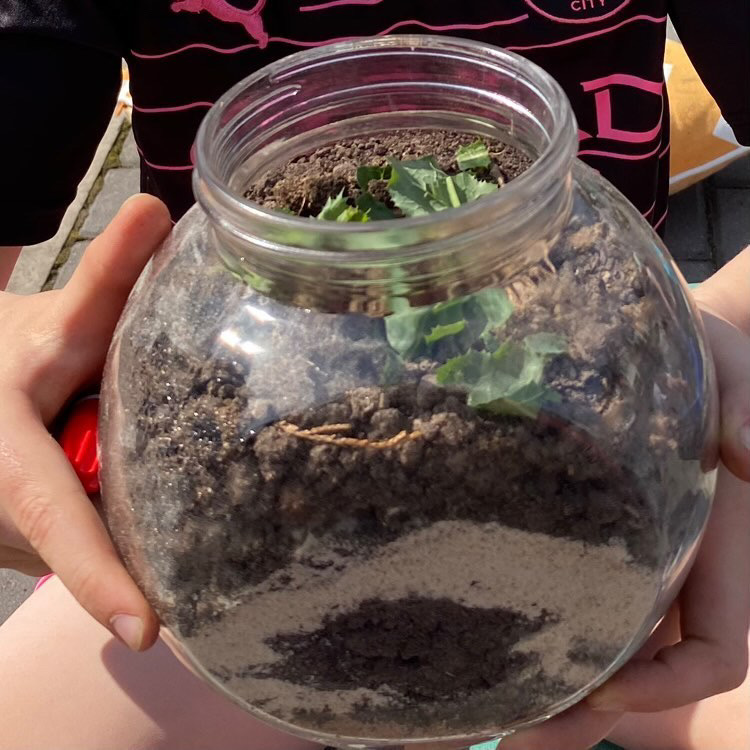
Butterfly lifecycle – another fun project we did was to raise and release our very own butterflies. You can buy the caterpillars or search for caterpillars yourself. If you use ones that you find try identify them just in case you have a moth caterpillar. Take note of the leaves you found them on as their food source.
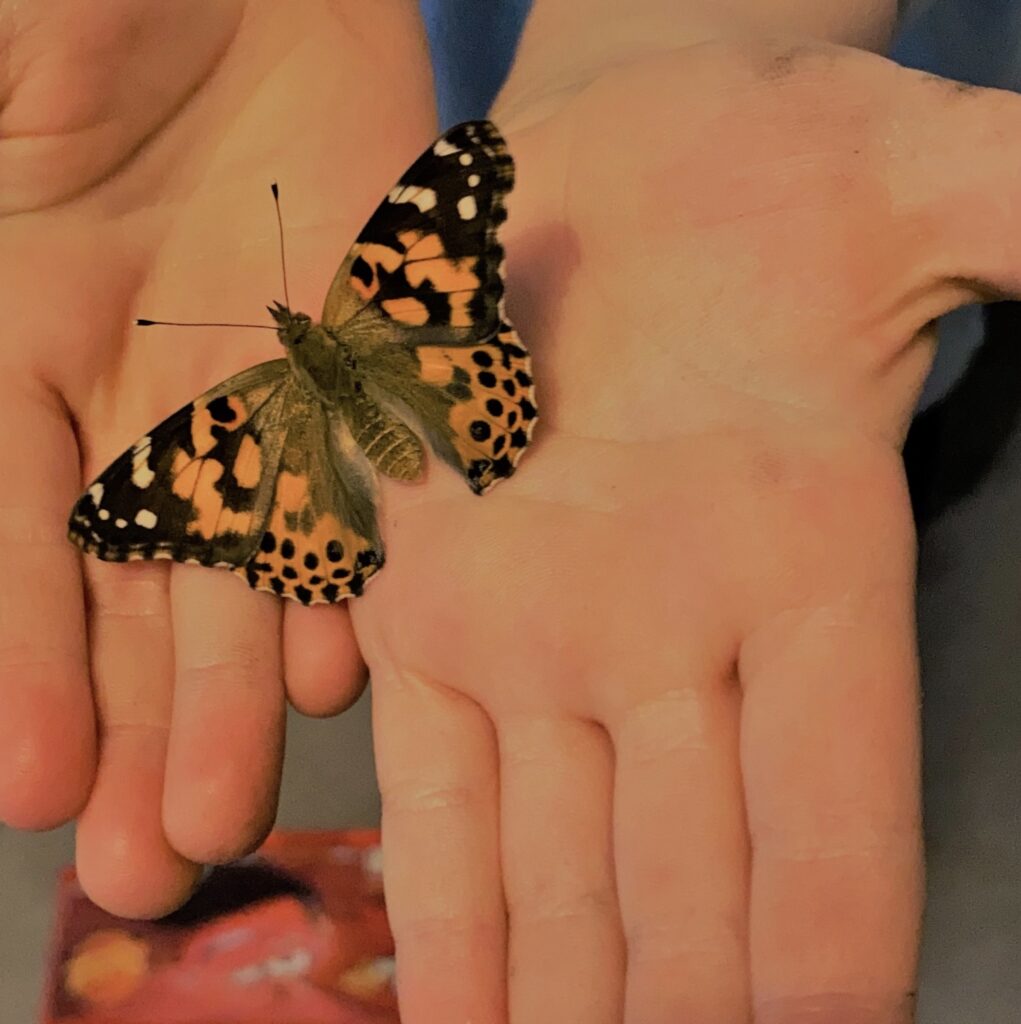
Woodlice choice chambers- find some woodlice and make a cardboard with choice chambers ie two pathways for them to travel. One is into a shaded area and the other is in light. This will help them to see that woodlice prefer darker places to hide.
5 . Weather science
Rain gauge - recycling a plastic bottle that we cut in two. The top is turned upside down to place into the bottom like a funnel. We made a scale on it accurately by measure known amounts of water in. Remember to weigh it down with pebbles or hang. Place in a shaded area to avoid evaporation.
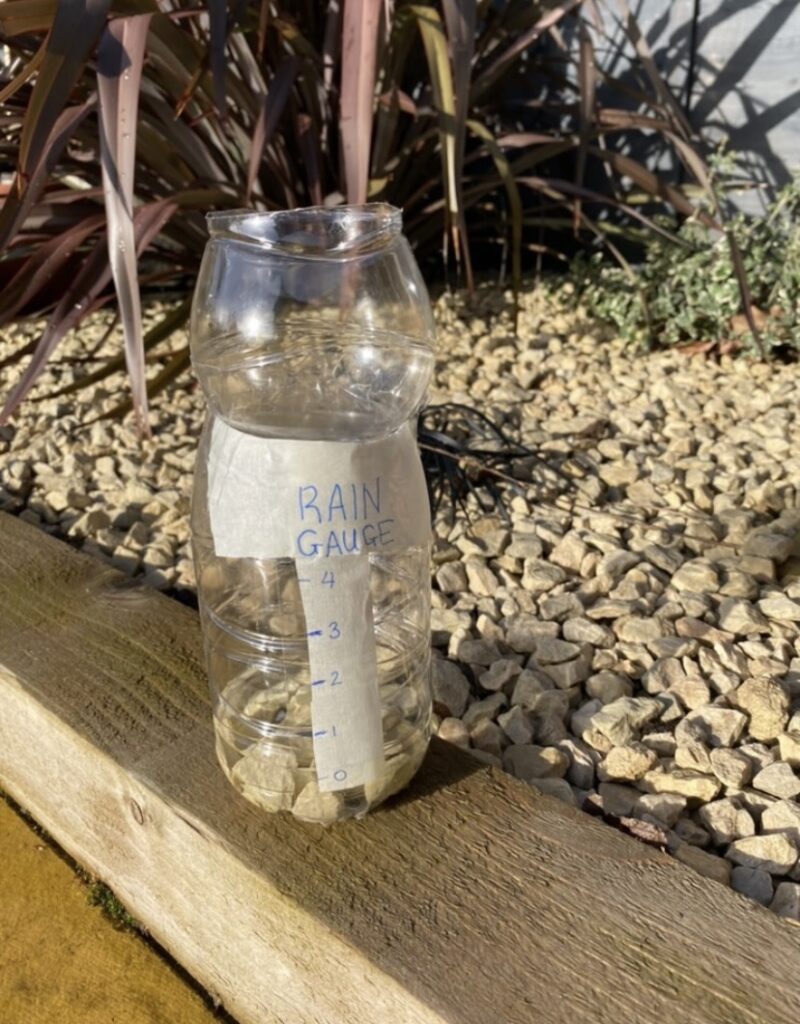
Tornado in a jar – the boys loved doing this. Fill up the container with water then add a few drops of the washing-up liquid and a few drops of the food colouring. Tightly screw on the lid. Swirl the container around in a circle lots of times and then stop. Inside you should see what looks like a tornado. You can also do this with a spoon.
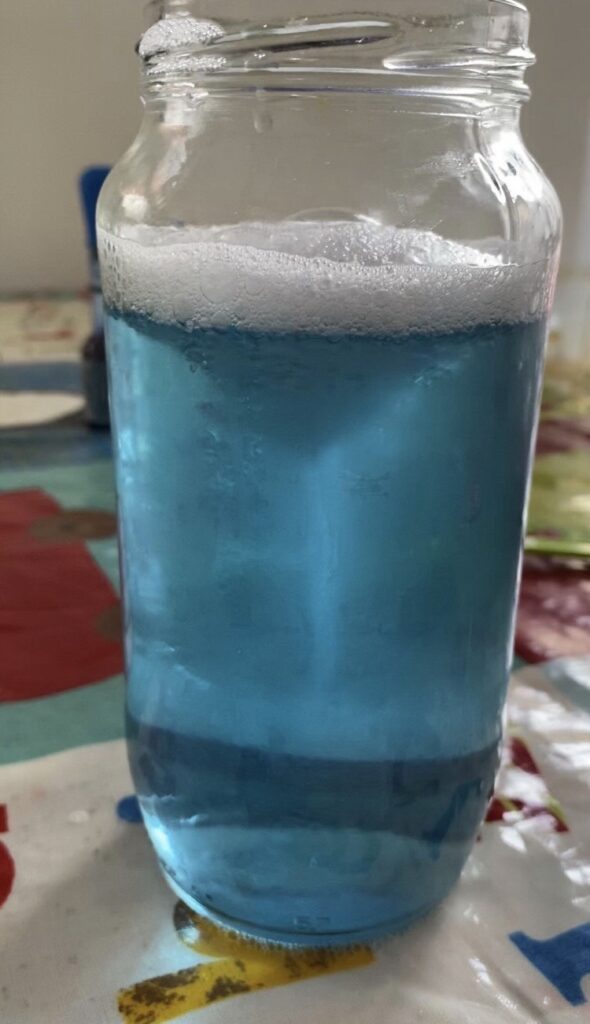
Cloud observations- make a cloud spotter and learn how to identify cloud formations. We recreated them using foam too.
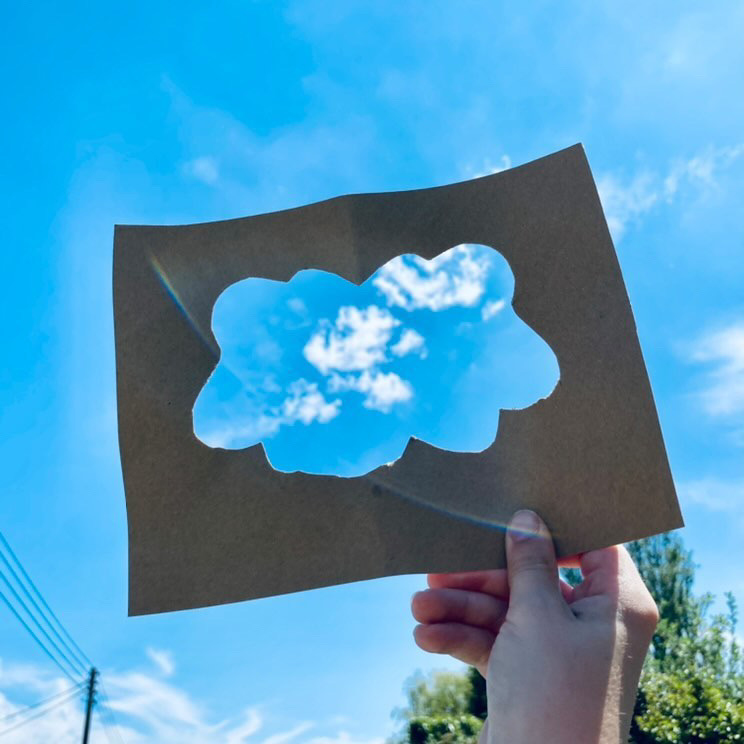
Water cycle – we made a model of the water cycle using a plastic food bag that we drew the cycle on and place it on a window in the sun. We drew the water cycle out on a tuff tray.
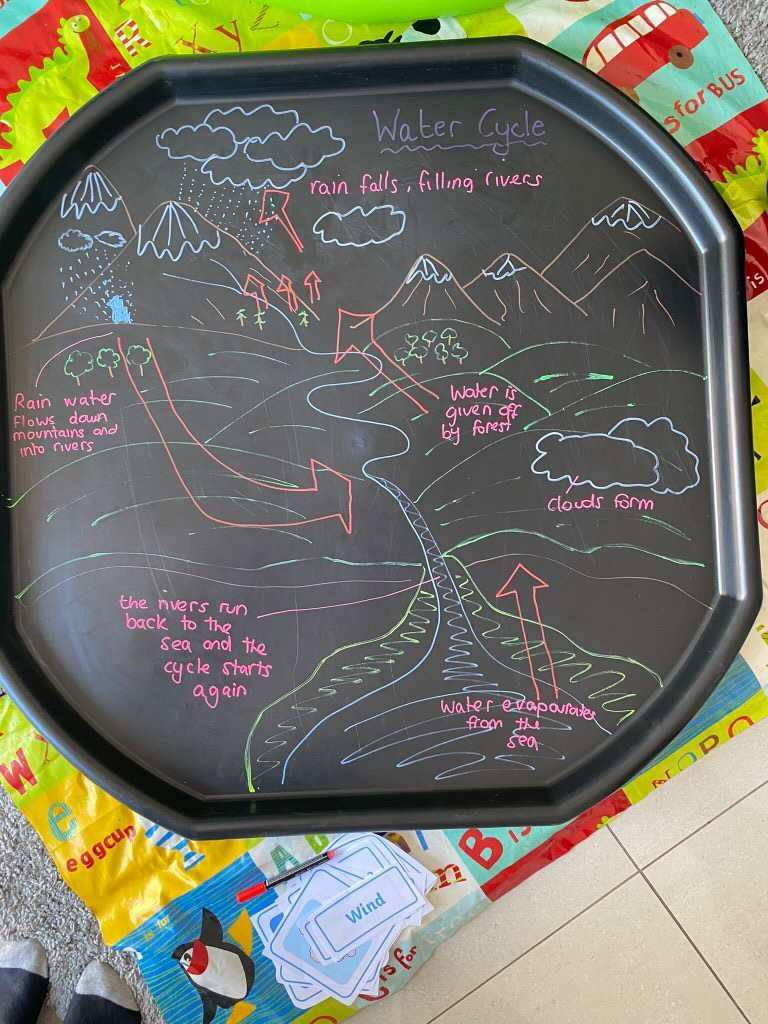
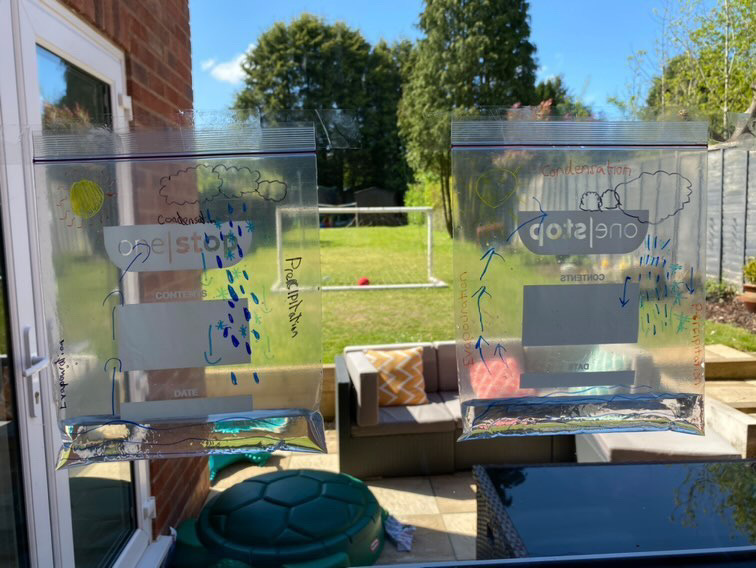
6. Light
Colourful image projection – if you get a toilet roll and place clingfilm on one end, then draw a colourful image using permanent marker and then shine a light through the over end to see the image. It does work in daylight to if you want to see it.
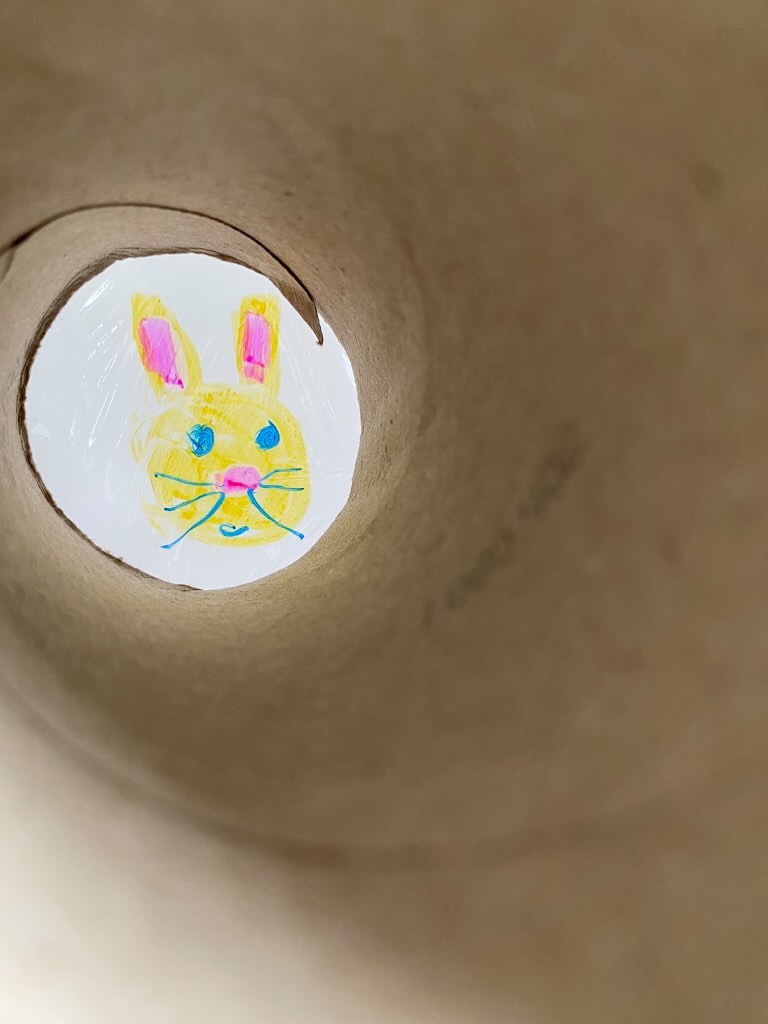
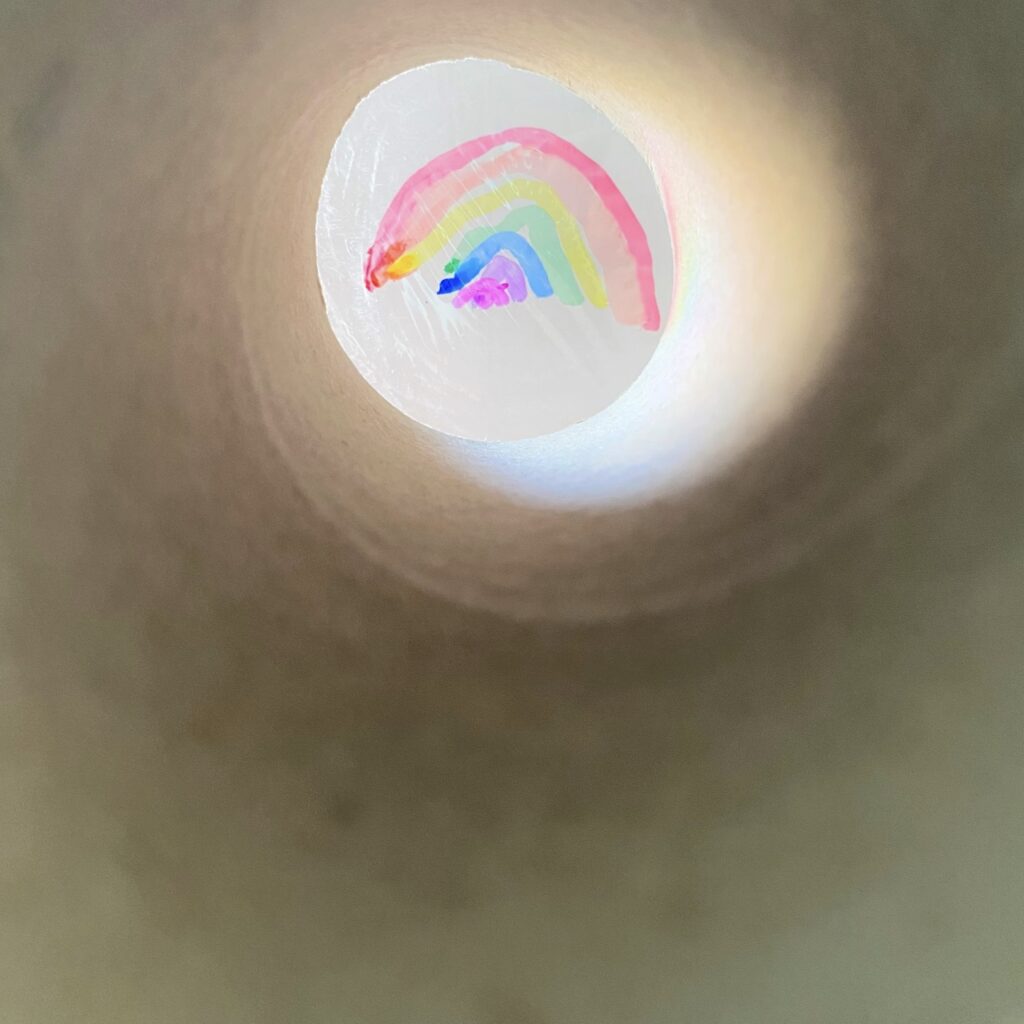
Indoor rainbow – you can use glass prisms to split up white light into the colours of the spectrum. Another simple way is to use a CD.
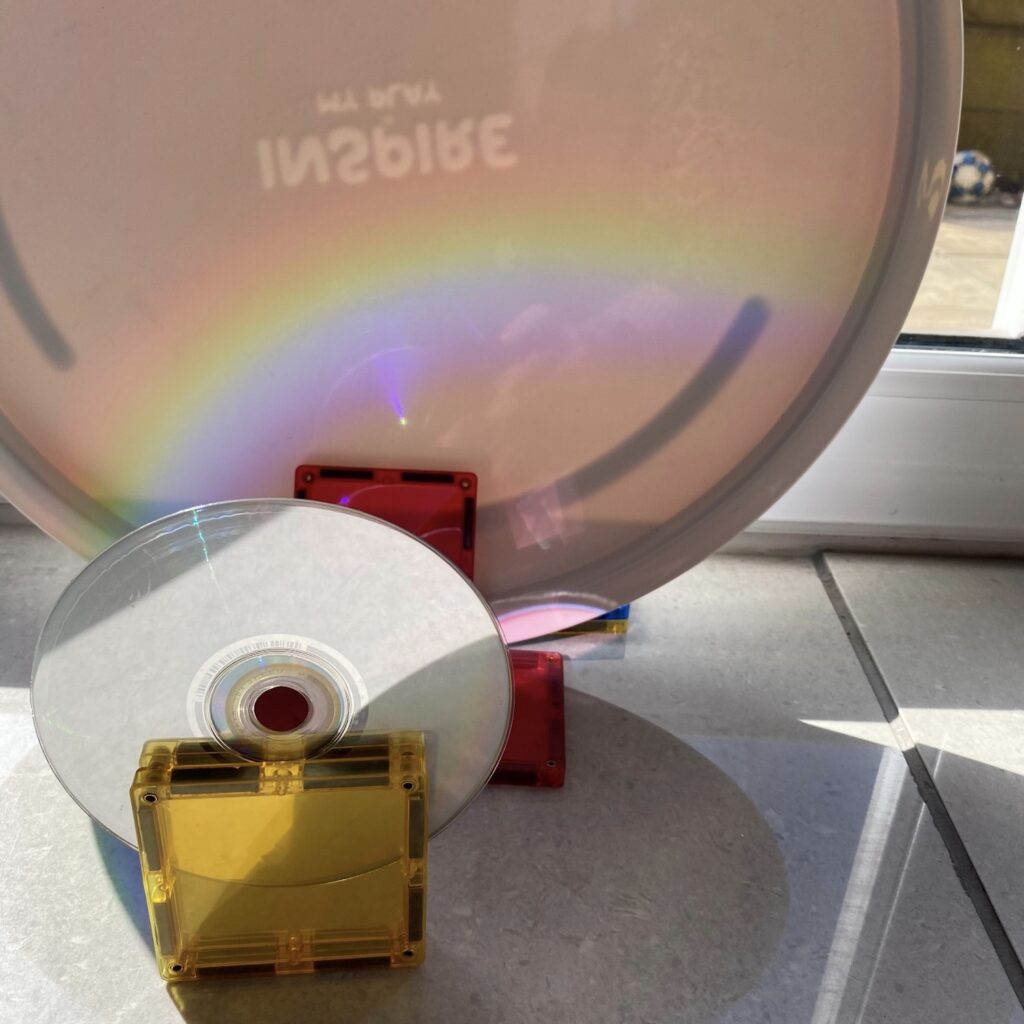
Light colour mixing is fun with colour transparent paddles or tiles.
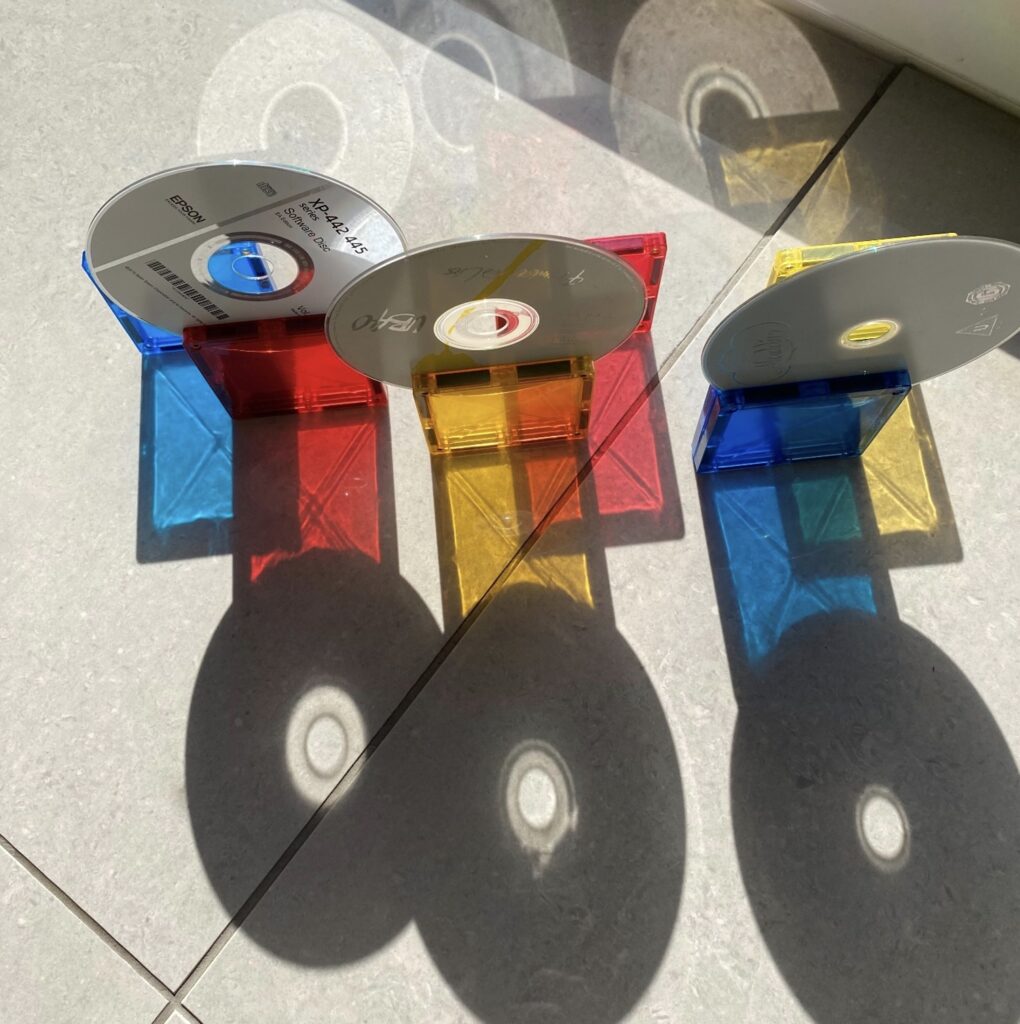
7. Sound
Tin can telephone - use two recycled tin cans, pierce a hole in the end of both of them carefully using a nail and hammer. Place some yarn through the hole connecting them. Pull the yarn tight and speak into the tin can whilst another person places the can to their ear.
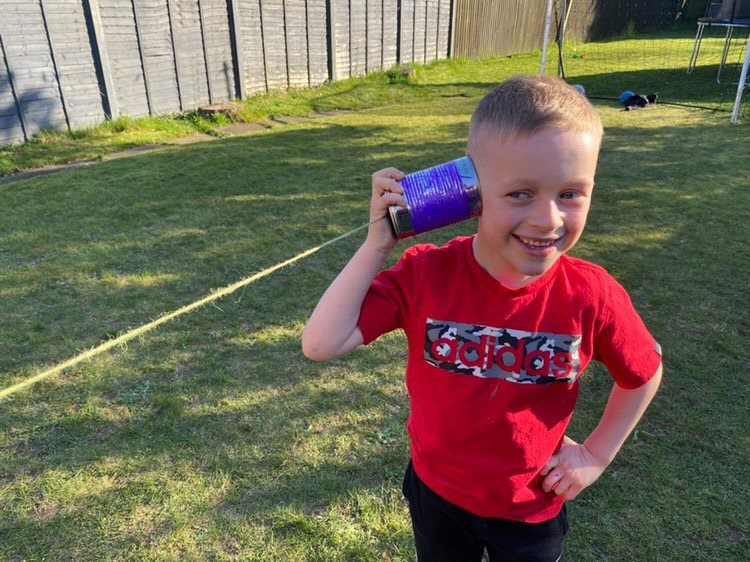
I hope you have enjoyed our blog post on Science Activities, if you have any questions about any of the activities mentioned please DM me @mylittlebrightsparks and follow #mylittlestemists for more STEM inspiration.
This blog was written by our guest blogger @mylittlebrightsparks
Our favourite Cosy science resources:
We hope that you have got lots of Ideas to take away from this post to create your own Science Activities.
Don’t forget to share your Science activities with us on our social channels!
Facebook: https://www.facebook.com/cosydirect/
Twitter: https://twitter.com/cosydirect
Instagram: https://www.instagram.com/cosydirect/
